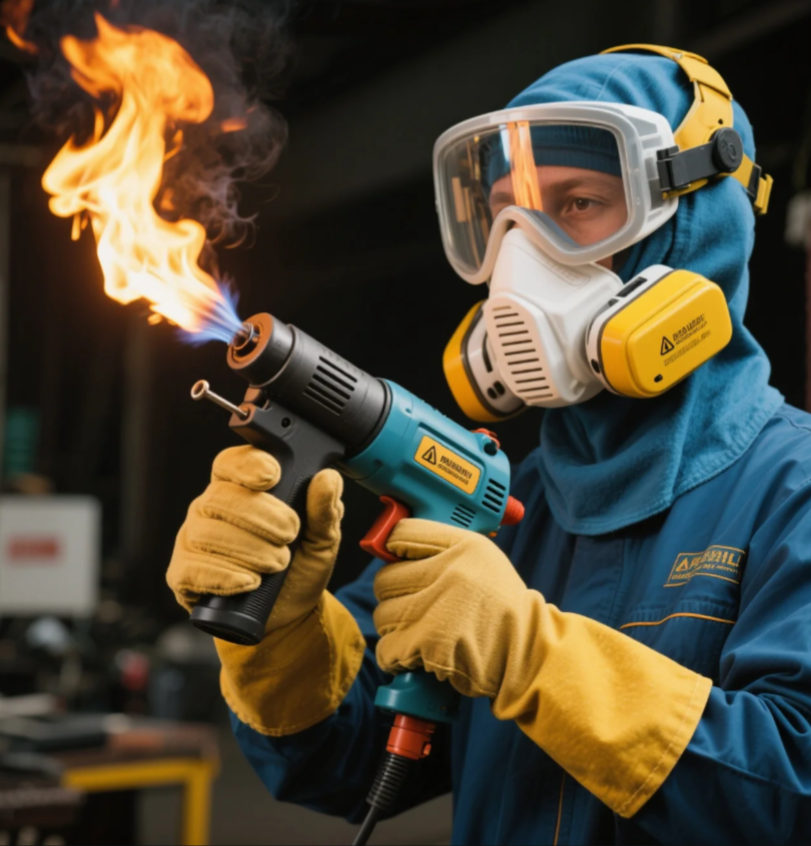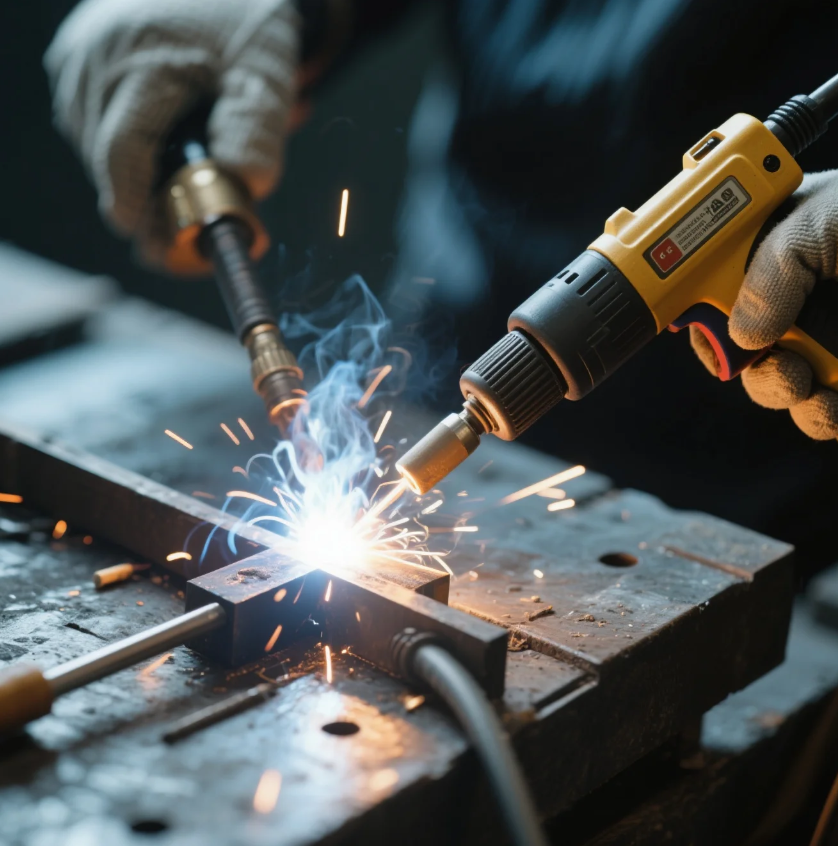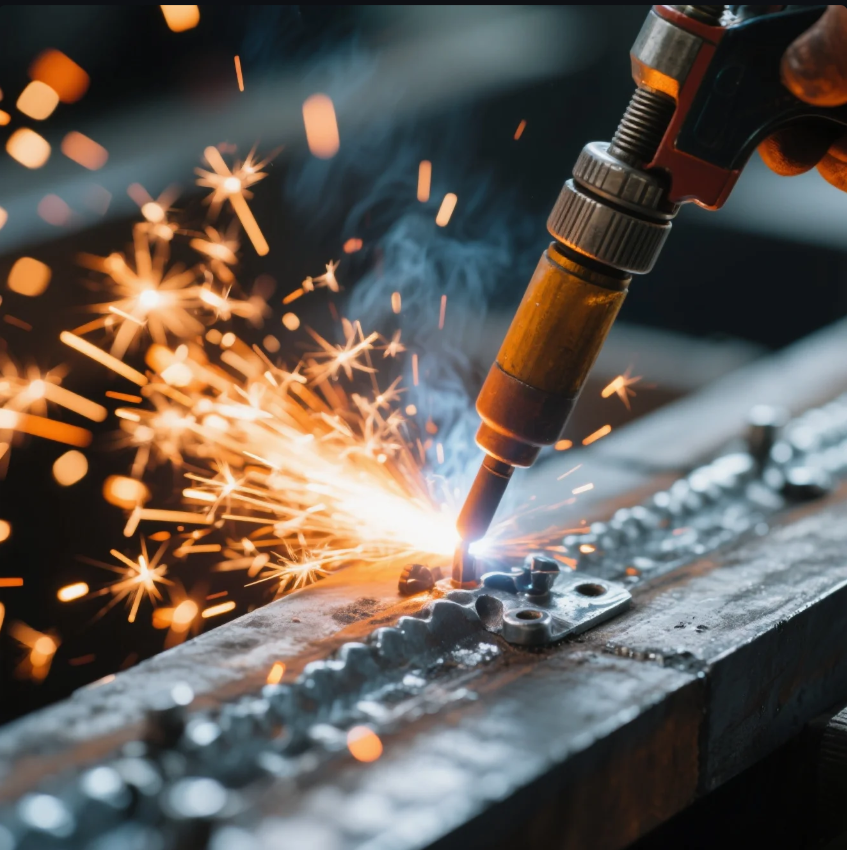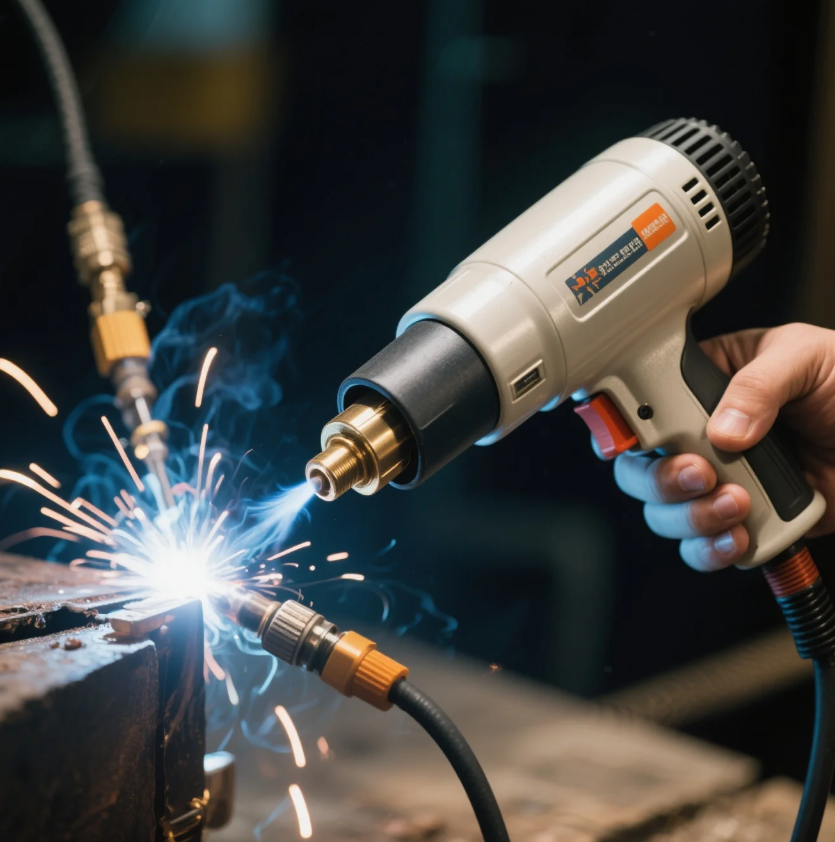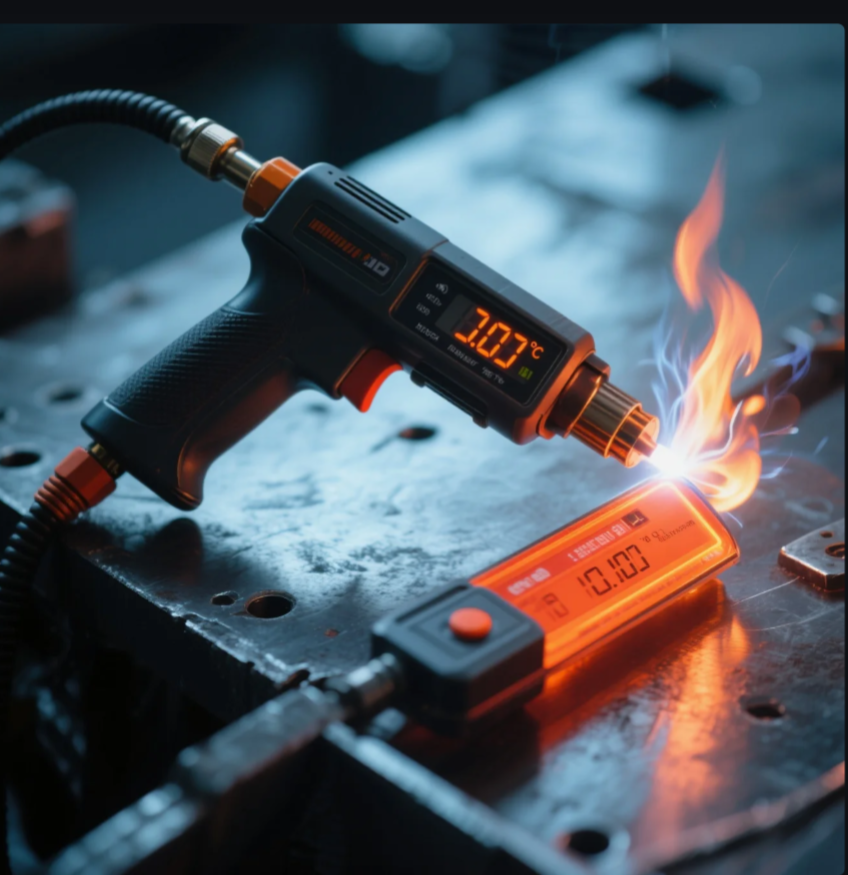TEMPLATE_START
What are the 94 types of metals?

Metals are essential in manufacturing, construction, and daily life. With 94 naturally occurring metals, their unique properties make them useful for countless applications.
Snippet paragraph: There are 94 naturally occurring metals, including iron, aluminum, and gold, each with distinct characteristics for industrial and commercial use.
Understanding these metals helps in selecting the right material for your project. Let’s explore them in detail.
LOOP_START
How are metals categorized?
Metals are grouped based on properties like reactivity, density, and usage. This makes it easier to compare and select them for specific needs.
Snippet paragraph: Metals are classified into categories like alkali metals, transition metals, and rare earth metals, each with unique chemical and physical traits.

Major metal categories:
-
Alkali Metals (e.g., Lithium, Sodium)
- Highly reactive, soft, and lightweight.
- Used in batteries, alloys, and chemical processes.
-
Alkaline Earth Metals (e.g., Magnesium, Calcium)
- Less reactive than alkali metals, but still strong.
- Common in construction and medicine.
-
Transition Metals (e.g., Iron, Copper, Gold)
- Durable, conductive, and corrosion-resistant.
- Widely used in electronics, jewelry, and machinery.
-
Rare Earth Metals (e.g., Neodymium, Lanthanum)
- Crucial for magnets, lasers, and green energy tech.
- Limited global supply, making them strategically important.
| Category | Key Examples | Common Uses |
|---|---|---|
| Alkali Metals | Lithium, Sodium | Batteries, industrial chemicals |
| Transition Metals | Copper, Gold | Wiring, jewelry, construction |
| Rare Earth Metals | Neodymium | Magnets, wind turbines |
LOOP_END
LOOP_START
What are the most important industrial metals?
While all 94 metals have uses, some play a bigger role in manufacturing and trade due to their versatility and demand.
Snippet paragraph: Key industrial metals include steel (iron + carbon), aluminum for lightweight parts, and copper for electrical wiring, driving global production.
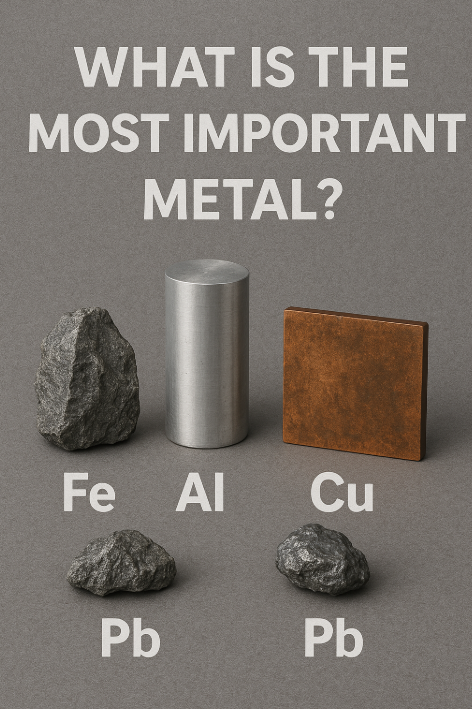
Top 5 Industrial Metals:
-
Iron/Steel
- The backbone of infrastructure (buildings, bridges, tools).
- Alloyed with carbon for strength.
-
Aluminum
- Lightweight, corrosion-resistant.
- Used in aerospace, packaging, and automotive parts.
-
Copper
- Excellent electrical conductivity.
- Essential for wiring, electronics, and plumbing.
-
Zinc
- Protects steel from corrosion (galvanization).
- Also used in batteries and alloys.
-
Nickel
- Heat and corrosion-resistant.
- Critical for stainless steel and batteries.
Global Demand Trends (2023):
- Steel: ~1.9 billion metric tons produced annually.
- Aluminum: Demand rising in electric vehicles (EVs).
- Copper: Shortages predicted due to green energy projects.
LOOP_END
LOOP_START
Which rare metals are critical for technology?
Rare metals power modern tech but face supply chain risks. They’re often byproducts of mining common metals.
Snippet paragraph: Cobalt, lithium, and rare earth metals are vital for smartphones, EVs, and renewables, but sourcing them sustainably is a challenge.
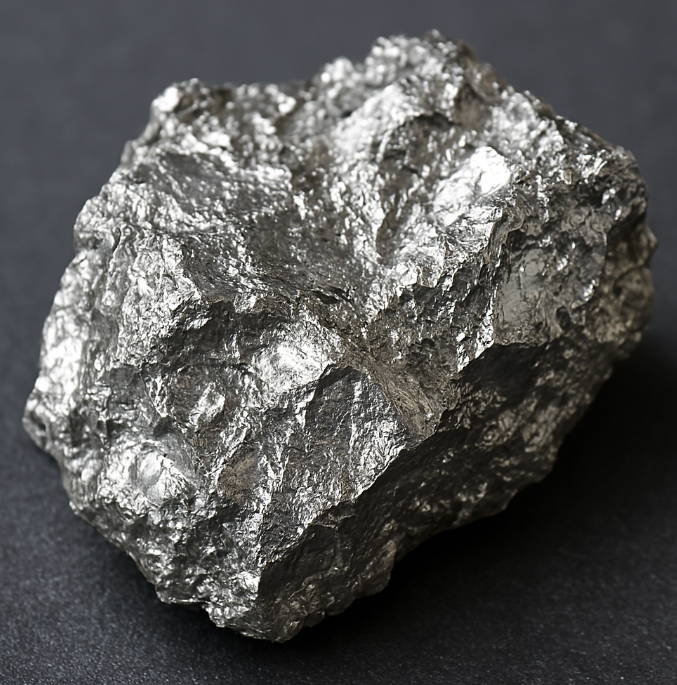
Tech-Driven Metals:
-
Lithium
- Found in rechargeable batteries (EVs, phones).
- Top producers: Australia, Chile.
-
Cobalt
- Stabilizes lithium-ion batteries.
- 70% comes from the Democratic Republic of Congo.
-
Tantalum
- Used in capacitors for electronics.
- Conflict-metal concerns in supply chains.
-
Indium
- Key for touchscreens and solar panels.
- Limited recyclability increases scarcity.
Sustainability Challenges:
| Metal | Major Producer | Ethical Concerns |
|---|---|---|
| Cobalt | Congo | Child labor allegations |
| Rare Earths | China | Environmental pollution |
| Lithium | Chile | Water depletion in deserts |
LOOP_END
Conclusion
From steel to rare earths, the 94 metals enable modern life, with each serving specialized roles in industry and technology.
TEMPLATE_END

